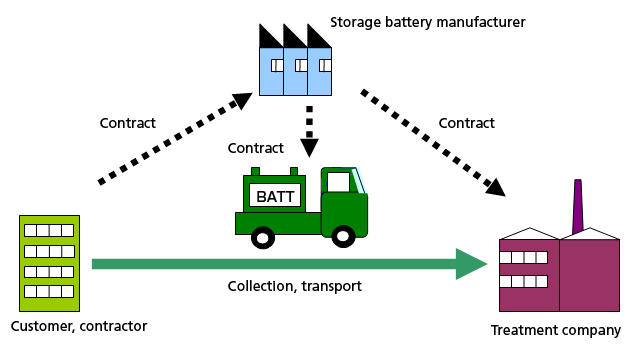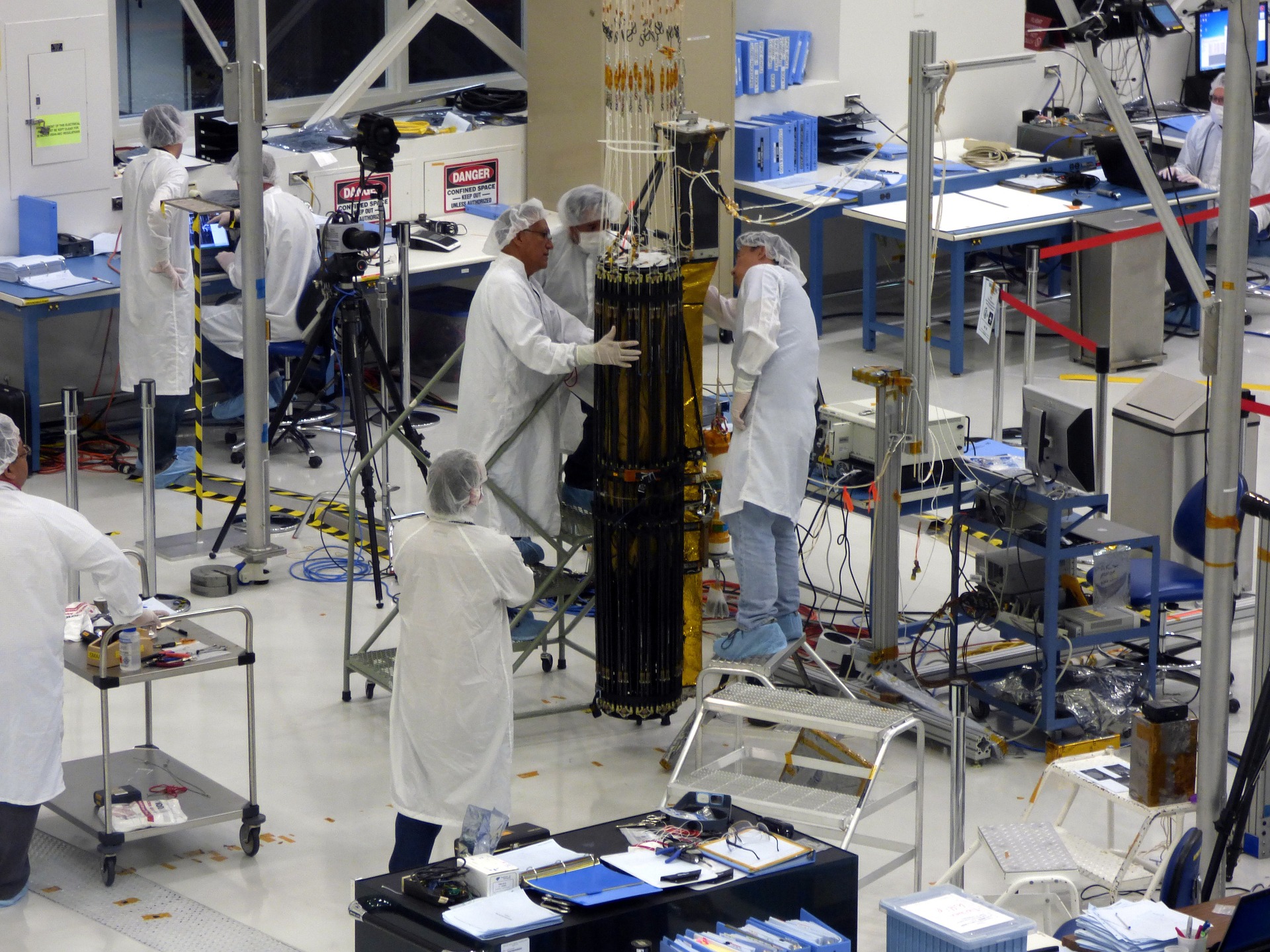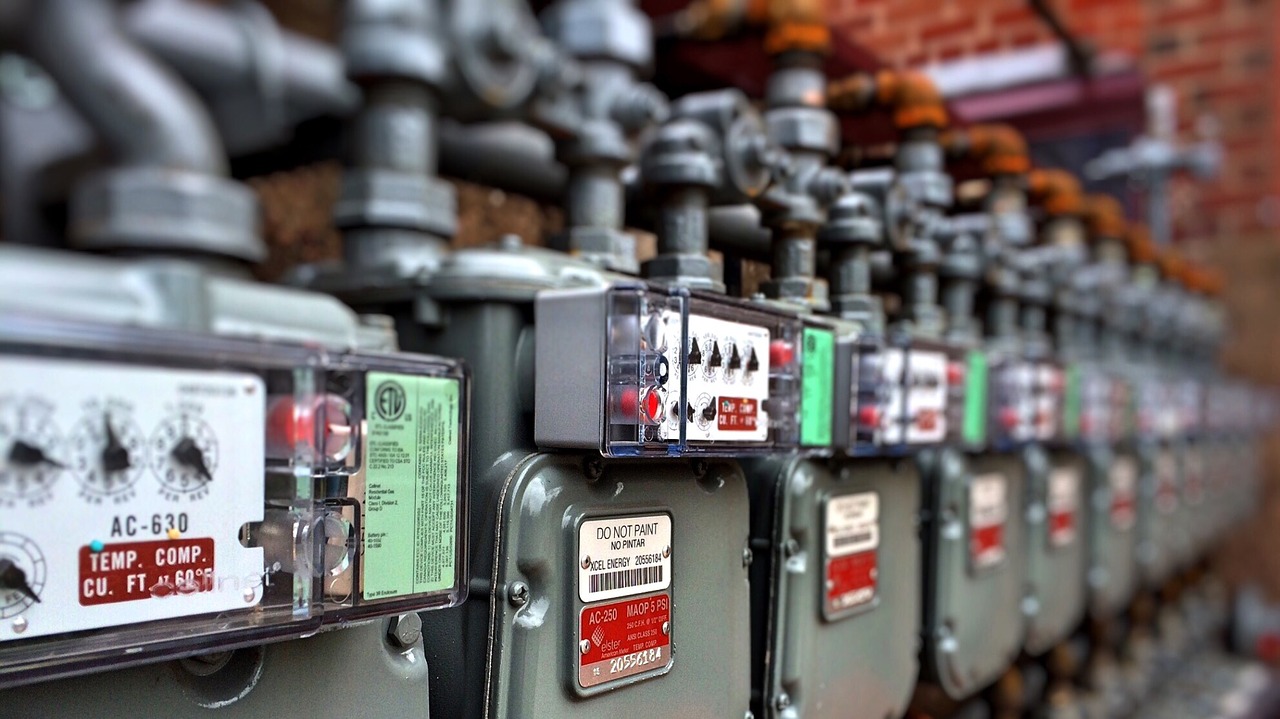Resource Control & Price Control
innovation, technology, quality, renewable, energy

Are we moving dependencies from Middle East to China?
Resource control and Price control
If a country lacks any particular resource then it loses its independence for that resource. Resources needed by a country have a greater impact on its working than policies of its own government. Policies of the government, price of goods and services in a country depends on the available resources and their prices. Resource and Price Control go hand in hand, that is, if resources are available in abundance the price will be lower and vice versa. For example price of a car will be dependent on metal required for building it. In the similar way the working of country will depend on resources needed by it. The policies and working of a country will to a certain extent depend on the country, which is exporting the required resources.
The higher the amount of imported resources from a particular country, more will it have control over the importing country. The primary aim to tackle this problem should be decreasing the import of resources by some means. The import of resources can be from more than one country. By increasing the number countries for import one can decrease its dependency on a singular country. This strategy is being applied by India in case of fuels and oil imports.
Decreasing dependence on Middle East
It is well known that price of fuels and oils affect the price of other goods like food and many other services. Minerals, fuels, Oils and Distillation products comprise maximum percent of India's import. 80 percent of oil needs of India are fulfilled by imports. The import of fuels and oil is expected to keep rising. These products are imported mainly from Middle East countries, thereby making India dependent mainly on them. As a strategy to reduce its dependency on Middle East countries and diversify its imports, India is increasing its oil import from U.S. and Africa. India's goal of increasing solar and other renewable resources generation, and use of electric vehicles, appears to be another strategy for reducing the dependence further.
The Indian government plan to attain 227GW installed capacity of solar generation by 2022. India has set a target of achieving 40% of its total electricity generation, from non-fossil fuel sources, by 2030. Also Indian Government targets to have 30 percent of new vehicles to be Electric Vehicles (EV) by 2030, for decreasing pollution and decreasing fuel consumption. This will help in reducing fuel import. However, for attaining these ambitious targets Solar panels, batteries and other electronic and electrical equipment’s will be required at a large scale. There is very less manufacturing, of these equipment’s in India. On top of that the cost of these required equipment’s manufactured in India is higher. Due to which, they have to be imported from East, which is a cause of growing concern since last few years.
Increasing dependence on China
Of the total imports by India, China's share has been largest for past few years. They have surpassed the Middle East countries. This is primarily due to increase in import of electronics and electrical products from China. For attaining the goal of EV and renewable generation, government is encouraging their manufacture in India. Renewables require batteries for decreasing their uncertainty. EV run on battery, which have a significant impact on their cost and overall performance. It is found that Lithium ion battery is the most suitable for EV. Few year ago Japan commanded half of the global market of Lithium ion Batteries. However, currently China controls around 60 percent of total global market.
Reason for dependence on China
At present, India has no cell manufacturer of Lithium Ion cells. Although India is taking steps for starting cell manufacturing units in India, it needs to ensure availability of resources necessary for building Lithium ion cells. There are different types of Lithium ion cell chemistry. Each type of cell chemistry provide certain features like higher energy, higher power, increased safety, etc, depending on their chemical composition. Taking all types of Lithium ion cell chemistry into consideration, mainly following elements are required Lithium, Cobalt, Nickel, Manganese, Titanium, Phosphorous, Aluminium, Iron and Titanium. Access to these elements will control the future of Lithium ion batteries in India
Lithium and Cobalt
Resources of Lithium and Cobalt, are not available in India in large quantities. India's policy makers are encouraging Indian manufacturing giants to acquire Lithium and Cobalt mines overseas and setup manufacturing plants in India. Chile has maximum Lithium deposits followed by China, Australia, Argentina respectively. Cobalt reserves are concentrated in the Democratic Republic of Congo, and already China is deemed to have dominated the access to over half of these reserves.
Nickel
Hindustan Copper Limited is the first Nickel production facility inaugurated in 2016. Apart from its scant production almost all Nickel requirement is meet by import. Nickel is imported from many countries. But the amount of Nickel import from China has shown a rising trend.
Manganese
Indian Ministry of mines has predicted that there will be a shortage of Manganese for steel production. Battery industries are already one of the top ten consumers of Manganese in India. Import of Manganese ore is mainly from South Africa and Australia. But, China is leading exporter of Manganese and Alloys, Manganese dioxide, manganese oxides in India.
Titanium
Although India has Titanium resources it import Titanium. The import of Titanium ores & concentrates were mainly from Mozambique (77%), Australia (8%) and Srilanka (7%) and import of titanium and alloys were mainly from USA, Russia and China. Imports of titanium oxide and dioxide (total) were mainly from China (27%), Germany (12%), Rep. of Korea (13%) and Czech Republic (12%).
Phosphorous
Phosphorous is found in form of Apatite & Rock Phosphate. India lacks in availability of Apatite & Rock Phosphate. All apatite requirements are fulfilled by imports in India, while there is some Rock Phosphate production in India. Major imports of Rock Phosphate are from Jordan (37%) and Egypt (29%). And the elemental phosphorous imports are from Vietnam (88%). Further phosphatic fertilizer imports are mainly from China (85%).
Aluminium
India has abundant resources of Aluminium in the form of Bauxite. India ranks 4th in bauxite production in the world. But for economic political and other reasons, Aluminium is imported. India imports alumina mainly from Australia (86%), China (5%) and Netherlands (2%). Imports of Aluminium & alloys and scrap were mainly from China (14%), UAE (12%). And imports of bauxite were mostly from Guinea (55%), Brazil (24%), Pakistan (11%) and China (6%).
Iron
In case of Iron as well, like Aluminium, India has plenty of iron resources, still, India imports iron and steel. They are imported mainly from China (24%), Republic of Korea, (15%) and Japan (12%).
From this it can be inferred that in case of above metals, in elemental and alloy form, China is the leading exporter for India. Hence, it is evident that India is mostly dependent on China for Lithium ion batteries at present. The story of Solar generation in India is also moving towards dependence on China.
From price point of view, the cost of generation of Solar energy has decreased in India. This is result of cheap materials available from China. The Solar panel manufacturers in India are finding it difficult to compete with cheap Chinese products. The import volumes of solar cells have increased from 1,275 MW in 2014-15 to 9,474 MW in 2017-18. The Directorate General of Safeguards Duty (DGS) has recently suggested to impose a 70 per cent duty on import of solar cells from China and Malaysia which had made big rounds of news and arguments across the communities . The motive behind this suggestion is to protect the domestic industry from increasing import and decreasing prices of Chinese solar panels. It shows the dominance of China over solar generation in India.
India is trying to reduce import of fuel and oils and increase generation of renewable energy. But it is leading to rise in imports from China. Thus it feels as if we are moving dependencies from Middle East to China. But the question is how long, with the recent announcements of “Make In India” of Lithium Cells with the Indigenous technology and opening up of Bolivian Lithium Reserves we may be in a better position to compete!!!



